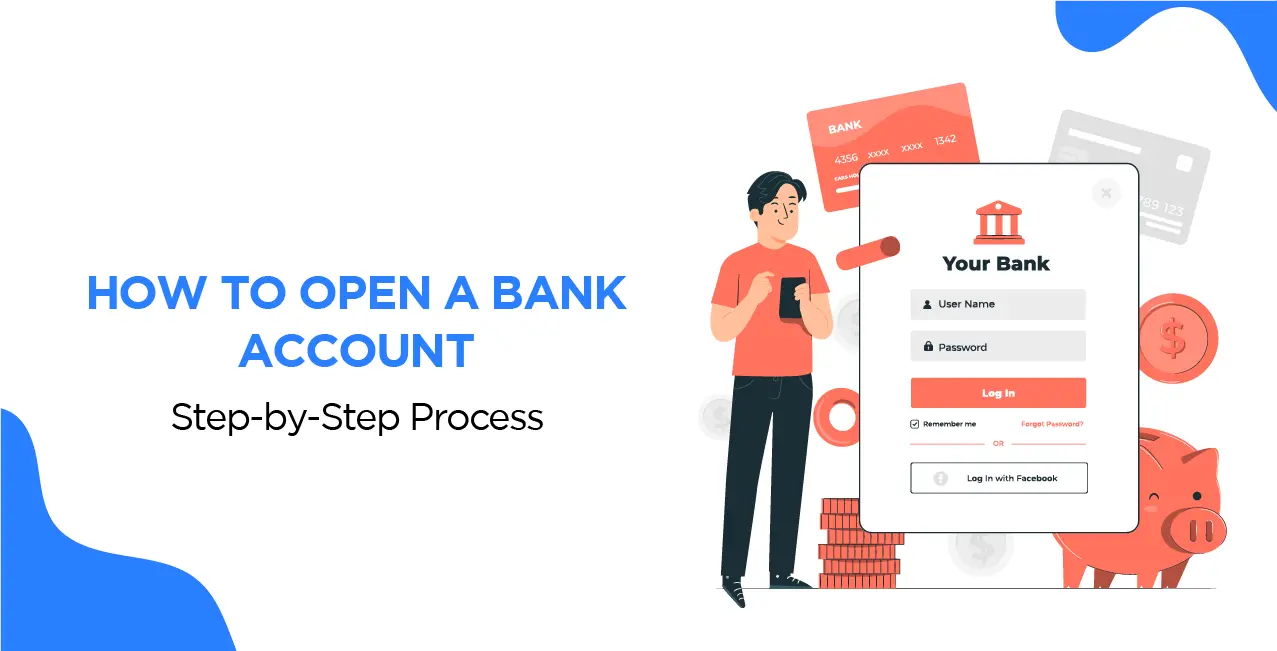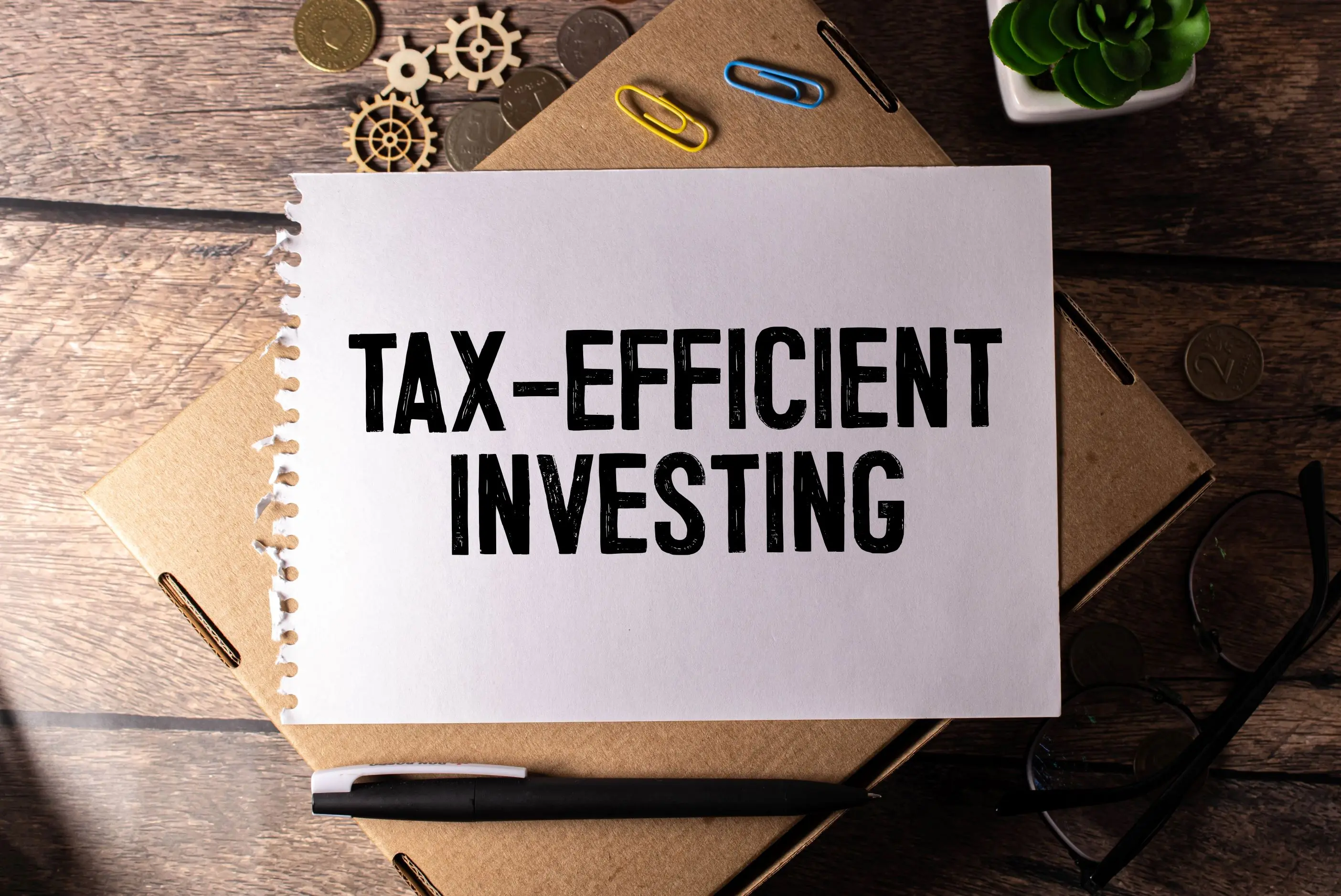How to Open a Bank Account Online in 2025: Complete Guide
Discover the fastest and easiest ways to open a business bank account online — from instant approvals to no-deposit options, high-interest savings, and the best online banks in the USA for entrepreneurs.

In 2025, opening a bank account has never been easier. With digital banking at its peak, most banks and credit unions now offer simple, fully online account opening processes that take just minutes. Whether you’re looking for a checking account for everyday transactions, a savings account to grow your money, or a specialized business account, online banking provides speed, convenience, and flexibility without the need to visit a physical branch. This guide will walk you through everything you need to know about opening a bank account online, from choosing the right type to completing the application and maximizing its benefits.
1. Why Open a Bank Account Online?
Opening a bank account online offers several advantages over the traditional in-branch method. Digital banking has transformed how people manage their finances, making it easier to get started without waiting in long lines or scheduling appointments.
Benefits of Opening a Bank Account Online:
- Convenience – Apply anytime, anywhere using your computer or smartphone.
- Speed – Many banks approve applications instantly or within 24 hours.
- Paperless Process – No need to handle physical forms.
- Access to Online-Only Offers – Some banks provide higher interest rates or lower fees for online accounts.
- 24/7 Banking Access – Manage your account from anywhere in the world.
2. Types of Bank Accounts You Can Open Online
Choosing the right account depends on your financial goals. Here’s an overview of the main types you can open online.
Checking Account
A checking account is designed for everyday spending. It allows you to make deposits, withdrawals, and electronic payments. Many online checking accounts have no monthly fees and come with free debit cards.
Savings Account
Savings accounts help you grow your money while keeping it safe. Online savings accounts often offer higher interest rates than traditional brick-and-mortar banks.
Money Market Account
A money market account combines features of checking and savings accounts. It usually offers higher interest rates but may have balance requirements.
Certificates of Deposit (CDs)
A CD locks in your money for a fixed period in exchange for a guaranteed interest rate. Many online banks allow you to open CDs with competitive APYs.
Business Bank Account
For entrepreneurs and business owners, online business accounts make it easier to manage company finances with tools for invoicing, payroll, and expense tracking.
3. Requirements to Open a Bank Account Online
While requirements vary between banks, most will ask for the following:
- Proof of Identity – Government-issued ID such as a passport or driver’s license.
- Social Security Number (SSN) or Individual Taxpayer Identification Number (ITIN).
- Proof of Address – Utility bill, lease agreement, or bank statement.
- Initial Deposit – Some banks require a minimum deposit (often between $0 and $100).
4. Step-by-Step Process to Open a Bank Account Online
Follow these steps to get your new account set up quickly and securely.
Step 1: Choose the Right Bank
Research and compare different banks’ offerings. Look for competitive interest rates, low fees, and user-friendly mobile apps.
Step 2: Select Your Account Type
Pick the account type that matches your needs—checking, savings, or business.
Step 3: Fill Out the Online Application
Enter your personal details, contact information, and identification.
Step 4: Upload Verification Documents
Scan or upload photos of your ID and proof of address.
Step 5: Fund Your Account
Make your initial deposit via debit card, credit card, or bank transfer.
Step 6: Review and Submit
Double-check your information and submit your application.
5. Choosing Between Online Banks and Traditional Banks
While online banks offer convenience and better rates, traditional banks provide in-person service and additional financial products. Some customers choose a hybrid approach—using an online bank for high-interest savings and a traditional bank for face-to-face support.
6. Comparing the Best Online Banks in 2025
Here’s a quick look at some of the top online banks and their features:
| Bank Name | Account Type | APY (Savings) | Minimum Deposit | Monthly Fee | Mobile App Rating |
|---|---|---|---|---|---|
| Ally Bank | Savings, Checking | 4.25% | $0 | $0 | 4.8/5 |
| Discover Bank | Savings, Money Market | 4.20% | $0 | $0 | 4.7/5 |
| Capital One 360 | Savings, Checking | 4.10% | $0 | $0 | 4.8/5 |
| SoFi Bank | Savings, Checking | 4.50% | $0 | $0 | 4.7/5 |
| Chime | Checking, Savings | 2.00% | $0 | $0 | 4.6/5 |
7. Security Tips for Online Banking
Security should be your top priority when managing accounts online.
- Use strong, unique passwords.
- Enable two-factor authentication.
- Avoid public Wi-Fi when accessing your bank.
- Regularly monitor your account for suspicious activity.
8. How to Switch to an Online Bank
If you already have an account with a traditional bank, switching is simple.
- Open your new online account.
- Transfer your funds.
- Update automatic payments and deposits.
- Close your old account once all transactions clear.
9. Maximizing the Benefits of Your Online Bank Account
- Take advantage of budgeting tools and spending analytics.
- Set up automatic transfers to savings.
- Use mobile deposit to save time.
- Explore cashback and reward programs.
10. Common Mistakes to Avoid
- Not reading the terms and conditions.
- Ignoring minimum balance requirements.
- Using unsecured internet connections.
- Overlooking hidden fees.
11. The Future of Online Banking
Expect more AI-powered financial tools, instant payment processing, and blockchain-based security in the coming years. As technology evolves, opening and managing accounts will become even more seamless.
Conclusion
Opening a bank account online in 2025 is quick, secure, and loaded with benefits. By understanding the process, comparing the best options, and taking proper security measures, you can enjoy hassle-free banking without ever stepping into a branch.
Related Posts

The Ultimate Guide to Investing in NASDAQ ETFs: Strategies, Trends, and Key Funds to Watch

Maximizing Your Financial Future: A Comprehensive Guide to Choosing and Working with Wealth Advisors

Socially Responsible Investment Funds: A Comprehensive 2025 Guide

